Meade ETX-80AT-TC (270 x 80mm) Telescope$245.00 to $276.00
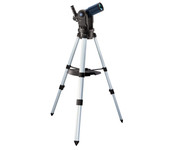
All of the major planets except Pluto are easily observable through Meade's brand-new 80mm (3.1) achromatic refractor telescope. You can study Saturn and its ring system; the primary cloud belts of Jupiter and its 4 major satellites; the Moonlike phases of Mercury and Venus; and much more.
Manufacturer:Meade Product MPN MPN | 3052005 | Key Features Optical Design | Refractor | Optical Diameter | 80 mm | Finderscope | Optical | Focal Length | 400 mm | Max Useful Magnification | x 270 | Mount Type | Altazimuth | Motorized | Yes |
Tags:meade, etx-80at-tc, 270, x, 80mm, telescope,
| Educational Insights 5273 (80 x 50mm) Telescope$63.00 to $90.00
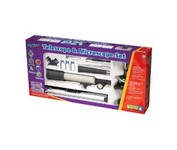
With the GeoVision microscope and telescope set, you can view everything from a microbe to the moon! The portable 360mm telescope features lightweight metal tube construction and a 50mm achromatic objective lens. The all-glass optics and rack-and-pinion focusing deliver clear, up-close images at magnifications from 20x to 80x. Easy-to-use refractor design and table-top tripod make it perfect for on-the-go discovery. The microscope features durable die-cast metal construction for years of micro-exploring fun.Minimize
Manufacturer:Educational Insights Product MPN MPN | EI5273 | Key Features Optical Design | Refractor | Optical Diameter | 50 mm | Max Useful Magnification | x 80 | Motorized | No | Miscellaneous UPC | 086002052735 |
Tags:educational, insights, 5273, 80, x, 50mm, telescope,
| Galileo FS-80 Telescope$65.00 to $80.00
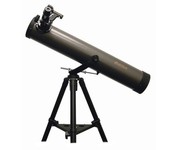
The Galileo FS-80 reflector telescope is a great beginner's reflecting telescope. The large 80mm primary mirror cell collects 33% more light than a 60mm refracting telescope. 1.25 focus housing permits the use of larger higher quality 1.25 eyepieces. Yoke mount makes the telescope easy to manage through altitude / azimuth (Up & Down, Left & Right) movement, and altitude slow motion control rod for precision adjustmentsMinimize
Manufacturer:Galileo Product MPN MPN | FS-80 | Key Features Optical Design | Refractor | Optical Diameter | 80 mm | Focal Length | 800 mm | Mount Type | Altazimuth | Motorized | No | Miscellaneous UPC | 798932000808 |
Tags:galileo, fs-80, telescope,
|
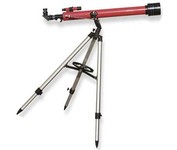
Carson's SkySeeker SkyWatcher 40-100x60 JC-1000 Tripod has precision for high-quality imaging. SkySeeker 40-100x60 deluxe aluminum toy tripod, making these quite functional toys indeed. Tripod is convenient, easy to use.
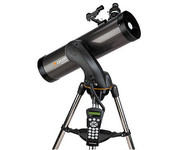
Computerized hand control with 4,000-object database SkyAlign allows you to align on any 3 bright celestial objects Motorized Altazimuth mount Focal ratio: f5 Focal length: 650mm
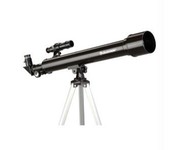
A perfect beginners model and a great gift for anyone! / Includes aluminum tripod. The CELESTRON Powerseeker 50 will bring out the stargazer in each of us, and even serves the astronomical yearnings that lead us to search for heavenly bodies in nearby apartment building windows! Optical Design: Refractor Aperture: 50mm Focal Length: 600Minimize
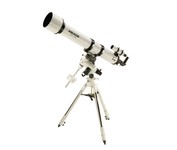
Diffraction-Limited Optics Meades Schmidt-Newtonian and Schmidt-Cassegrain optics yield pinpoint stellar images over an extremely wide field-of-view with only half the coma of standard Newtonians of the same focal ratio.






